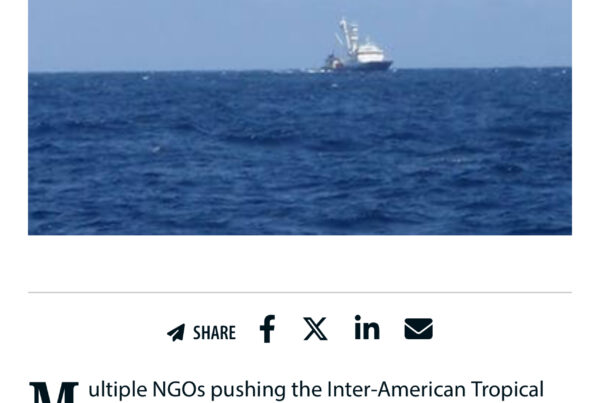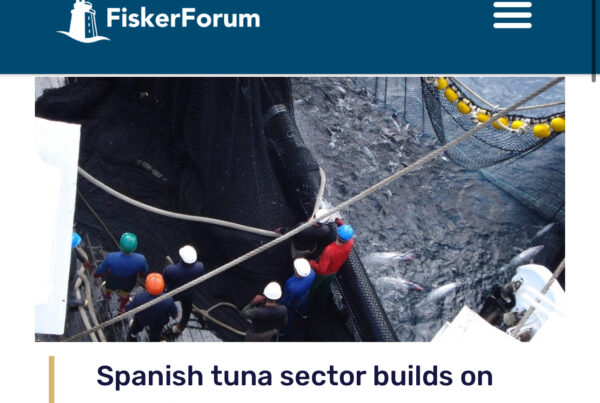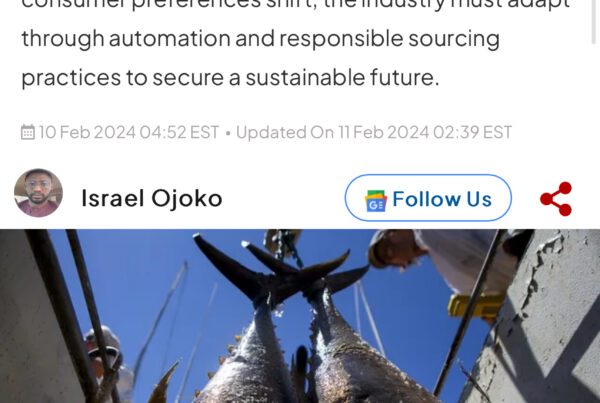Championed by conservationists and coastal nations, the plan restricts the use of fish aggregating devices—tools that enable massive catches. To much fanfare, it was accepted. Now, the agreement’s future seems bleak.
Fishermen in the Maldives remember when they plied their trade within sight of land. Casting off at dawn, they’d work just a few kilometers offshore. Many would return to the islands by noon, their holds full of freshly hooked yellowfin and skipjack tuna, says Adam Ziyad, the Maldives’ director general of fisheries. That all changed in the mid-2010s.
The widespread adoption of a technology called a drifting fish aggregating device (dFAD) beginning in the 1990s and 2000s, enabled predominantly European purse seine fishermen to start catching hundreds of tuna at a time. Indian Ocean yellowfin tuna was officially declared overfished by 2015, leaving artisanal fishermen from Kenya, the Maldives, and Madagascar complaining of dwindling catches. Catches among EU purse seiners, meanwhile, have only risen, up from 10,400 tonnes in 1983 to 75,919 tonnes in 2021.
Fish aggregating devices play off the fact that, like moths to a flame, many animals that inhabit the vast expanses of the open ocean are attracted to shelter, breed, or hunt under any kind of structure they can find—whether logs, rafts of plastic, or in the case of a dFAD, a tube of netting suspended from a raft. Tuna swarm the devices, then get scooped up in vast quantities. Conservationists and coastal nations blame the widespread use of dFADs—particularly by European fishermen—for destabilizing Indian Ocean tuna populations. In particular, because previous research suggests dFADs disproportionately attract juvenile tuna, and because fish caught as juveniles never get a chance to breed, detractors say the devices pose an existential threat to the entire Indian Ocean tuna fishery.



